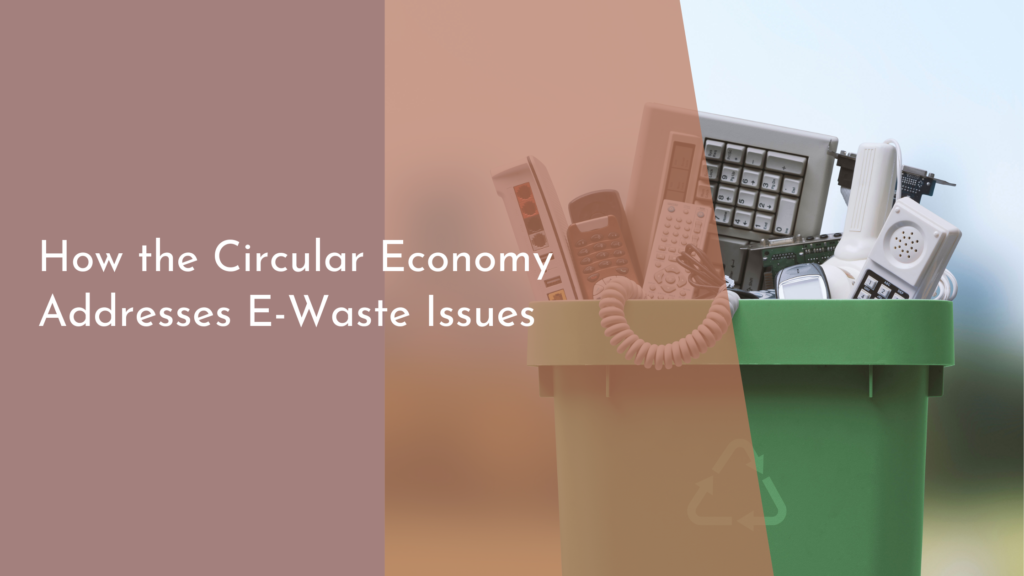Urban Rain Gardens for Groundwater Recharge
As urban areas expand, so does the challenge of managing stormwater and preserving our precious groundwater resources. Urban rain gardens are an innovative solution that not only beautifies our cities but also plays a crucial role in groundwater recharge. This article will explore the myriad benefits of urban rain gardens, how they contribute to our groundwater supply, tips for designing your very own rain garden, and how you can join a movement that’s transforming urban landscapes into vibrant green spaces.
Discover the Benefits of Urban Rain Gardens Today!
Urban rain gardens offer an array of benefits that extend beyond mere aesthetics. These beautiful installations serve as natural filtration systems, capturing rainwater runoff and allowing it to percolate into the ground. This process helps reduce flooding and erosion while improving water quality by filtering out pollutants. Moreover, rain gardens provide habitats for local wildlife, promoting biodiversity in urban settings. Not only do they contribute to ecological health, but they also enhance the well-being of city dwellers, offering peaceful green spaces for relaxation and community gathering.
In addition to environmental benefits, rain gardens can lead to economic advantages for cities. By reducing the need for expensive stormwater management infrastructure, municipalities can save money and allocate resources to other vital services. Furthermore, the presence of green spaces such as rain gardens can increase property values and attract tourism. As people increasingly seek sustainable living options, investing in green infrastructure like rain gardens not only benefits the planet but also supports local economies.
How Rain Gardens Help Recharge Our Groundwater Supply
Rain gardens are designed to absorb and filter stormwater, which is essential for recharging our groundwater supply. During rainfall events, these gardens capture runoff from impervious surfaces like driveways and roads, allowing it to seep into the soil. This natural infiltration process replenishes aquifers and provides the water table with much-needed replenishment, helping maintain a healthy water supply for urban populations.
Additionally, rain gardens help mitigate the adverse effects of urbanization. Traditional drainage systems often direct stormwater into sewers, leading to overwhelmed systems and potential flooding. In contrast, rain gardens slow down the flow of water, allowing it to soak into the ground gradually. This not only reduces the risk of flooding but also enhances the natural hydrology of urban areas, creating a more sustainable and resilient environment for future generations.
Designing Your Own Vibrant Urban Rain Garden Oasis
Creating your own rain garden is a wonderful way to contribute to groundwater recharge while adding a touch of beauty to your urban landscape. Start by selecting a suitable location that receives ample rainfall, ideally near downspouts or areas with high runoff. Ensure the soil has good drainage; you may need to amend it with organic matter to encourage infiltration. Choosing the right plants is also crucial. Opt for native species that thrive in your region, as they are well-adapted to local climate conditions and require less maintenance.
Once you’ve established the garden’s layout, consider incorporating features such as rocks or decorative stones to create an aesthetically pleasing design. Not only will this enhance the garden’s visual appeal, but it will also help with water management by directing the flow of runoff. Regular maintenance, such as weeding and mulching, will help keep your rain garden looking vibrant and ensure it functions effectively. By investing time and energy into designing your rain garden, you’ll create a sustainable oasis that supports both your community and the environment.
Join the Movement: Transform Cities with Green Spaces!
The push for greener cities is gaining momentum, and urban rain gardens are at the forefront of this movement. Many organizations and community groups are advocating for the integration of green infrastructure in urban planning. By participating in local initiatives, you can help promote the establishment of rain gardens and other green spaces in your neighborhood. Whether through volunteering, attending workshops, or simply spreading the word, your involvement can inspire others to join the cause.
Moreover, cities around the world are recognizing the importance of sustainable practices and are beginning to implement rain gardens in public spaces. By supporting these efforts, you contribute to a collective vision of urban resilience and environmental stewardship. As individuals, we have the power to transform our cities into greener, healthier spaces for ourselves and future generations. Join the movement today, and let’s create vibrant urban rain garden oases together!
In conclusion, urban rain gardens offer a fantastic opportunity to enhance our cities while supporting groundwater recharge. From their environmental and economic benefits to the joy of designing your own green space, rain gardens are an innovative solution for sustainable urban living. By joining the movement and advocating for more green spaces, we can collectively transform our urban environments into healthier, more vibrant places. Let’s embrace the beauty of rain gardens and work together to foster ecological harmony in our cities!

